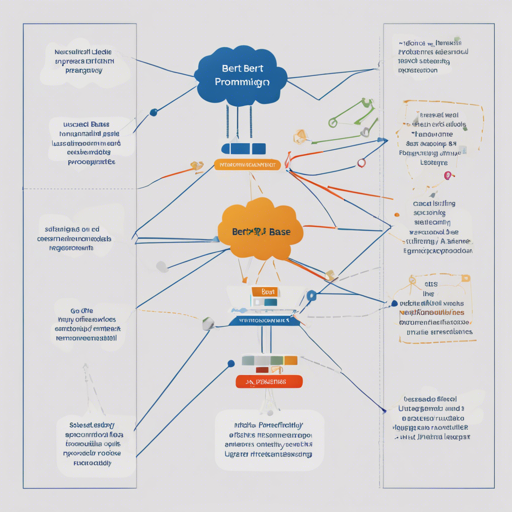Welcome to a deep dive into the fascinating world of BERT (Bidirectional Encoder Representations from Transformers), an innovative model that has reshaped the natural language processing landscape. In this article, we will explore how to work with the BERT base model, its applications, and some common troubleshooting tips.
Understanding BERT: The Basics
Think of BERT as a highly intelligent assistant that processes language in a way that mimics human understanding. Rather than reading sentences from left to right (like traditional models), BERT looks at the entire sentence, or even paragraphs, allowing it to capture the context of words and phrases more effectively. This is akin to someone reading a novel who can remember not just the last line, but elements from the entire story.
How to Use BERT
BERT can be employed for various tasks, most notably for masked language modeling and next sentence prediction. Here’s how you can get started:
Masked Language Modeling
To use the BERT model for masked language modeling, follow these simple steps:
from transformers import pipeline
unmasker = pipeline("fill-mask", model="bert-base-uncased")
unmasker("Hello, I'm a [MASK] model.")
Extracting Features in PyTorch
Getting features from a given text using BERT in PyTorch is just as effortless:
from transformers import BertTokenizer, BertModel
tokenizer = BertTokenizer.from_pretrained("bert-base-uncased")
model = BertModel.from_pretrained("bert-base-uncased")
text = "Replace me by any text you'd like."
encoded_input = tokenizer(text, return_tensors='pt')
output = model(**encoded_input)
Extracting Features in TensorFlow
For those favoring TensorFlow, getting features will look like this:
from transformers import BertTokenizer, TFBertModel
tokenizer = BertTokenizer.from_pretrained("bert-base-uncased")
model = TFBertModel.from_pretrained("bert-base-uncased")
text = "Replace me by any text you'd like."
encoded_input = tokenizer(text, return_tensors='tf')
output = model(encoded_input)
Intended Uses and Limitations
BERT is primarily designed to be fine-tuned on downstream tasks such as sequence classification, token classification, and question answering due to its ability to analyze entire sentences. However, for text generation tasks, you might want to explore models like GPT-2 instead. BERT essentially serves as a powerful tool in your NLP toolbox, perfect for extracting features and gaining deeper insights into text data.
Potential Bias in Predictions
Despite being trained on a diverse dataset, BERT can still exhibit biased predictions. Here’s an example demonstrating how bias manifests through the model:
from transformers import pipeline
unmasker = pipeline("fill-mask", model="bert-base-uncased")
print(unmasker("The man worked as a [MASK]."))
print(unmasker("The woman worked as a [MASK]."))
This potential bias is critical to consider when deploying BERT in applications, as it may influence the outcomes and insights generated by the model.
Common Troubleshooting Tips
- Model Loading Errors: Ensure you have the correct model name and that your internet connection is stable. If faced with loading issues, try updating the transformers library.
- Performance Issues: If BERT appears sluggish, check if you’re using GPU support. BERT is computationally intensive, and performance can improve significantly with GPUs.
- Unexpected Outputs: Be mindful of how you frame the input text. If you’re getting unexpected predictions, tweak your inputs or examine your masking strategies.
For more insights, updates, or to collaborate on AI development projects, stay connected with fxis.ai.
Training Data Overview
The BERT model has been pretrained on extensive datasets including the BookCorpus and English Wikipedia, which accounts for a large variety of rich text data. This preparation is fundamental for the model’s effectiveness in understanding the nuances of the English language.
Conclusion
At fxis.ai, we believe that such advancements are crucial for the future of AI, as they enable more comprehensive and effective solutions. Our team is continually exploring new methodologies to push the envelope in artificial intelligence, ensuring that our clients benefit from the latest technological innovations.

